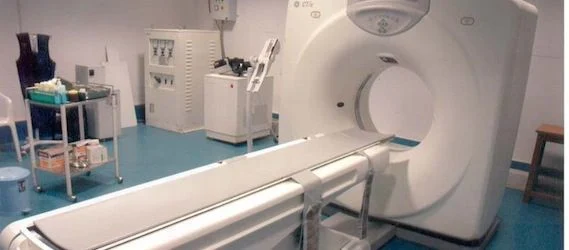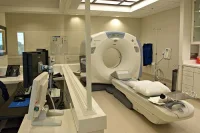While the number of CT scans being performed on children have increased, do parents really know the potential risks involved in the procedure? A recently published study found that while close to half of the parents surveyed were aware of the risk, most underestimated the exposure. Almost all of the parents wanted to know about the potential risk.
The researchers interviewed parents whose children presented to the emergency department with an isolated head injury. They were interested in determining how many parents were aware of the potential for an increased lifetime risk of malignancy after a child was exposed to ionising radiation from a CT of the head. Of 742 parents, 357 were aware of the potential risks, largely due to recent increased media coverage on this topic.
After parents were informed of the potential risks, willingness to proceed with a head CT if the doctor recommended it decreased from 90.4 percent to 69.6 percent. Most parents also thought that the radiation exposure from a head CT was similar to a regular x-ray, but in fact the radiation exposure from a head CT is 60- to 80-fold greater than that of a plain x-ray.
Almost all parents expressed a preference to be informed of these risks prior to proceeding with imaging, and for about 95 percent of respondents, knowledge of these risks would not likely affect getting the CT scan if the doctor thought it was necessary.
Source: American Academy of Pediatrics
References:
Parental knowledge of potential cancer risks from exposure to computed tomography. Kathy Boutis, William Cogollo, Jason Fischer, Stephen B. Freedman, Guila Ben David, and Karen E. Thomas. Pediatrics. Published online July 8, 2013. (doi: 10.1542/peds.2013-0378)
Latest Articles
CT, Children
While the number of CT scans being performed on children have increased, do parents really know the potential risks involved in the procedure? A recently p...










